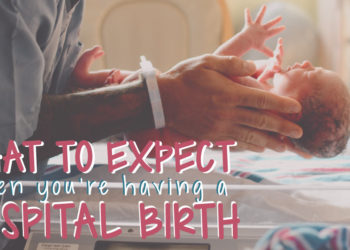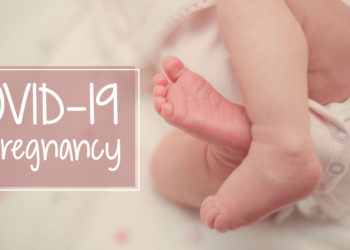Creating a birth plan is a significant step in prenatal preparation. Yet, many expectant parents are unsure about what a birth plan is or whether they need one. Our comprehensive guide addresses these concerns, providing valuable insights into a plan, how to create one, and why it can be an essential tool during your birthing journey.
Understanding the Concept of a Birth Plan
A birth plan offers a detailed outline of your preferences during labor and delivery. It serves as a communication tool between you and your healthcare team, ensuring that your wishes are considered and respected during one of the most crucial events of your life: giving birth to your child.
Your birth plan can include preferences about pain relief methods, labor positions, immediate postpartum care, and anything else that might impact your birthing experience. Remember, a birth plan is not a rigid blueprint but rather a guide that can be adapted based on the circumstances.
Why Create a Birth Plan?
So, do you need a birth plan? The answer depends on your individual needs and expectations. However, a birth plan can be beneficial in several ways:
- Communication: A birth plan helps you convey your wishes to your healthcare provider, ensuring they understand your expectations and concerns.
- Preparation: Creating a birth plan encourages you to research and understand various aspects of labor and birth, helping you make informed decisions.
- Control: A birth plan gives you a sense of control over your birthing experience, reducing anxiety and promoting a positive birthing experience.
Crafting Your Birth Plan: A Step-by-Step Guide
Start Early
It’s best to start thinking about your birth plan early in your pregnancy. This gives you ample time to research different options, discuss them with your healthcare provider, and make necessary changes as your pregnancy progresses.
Consider Your Preferences
Think about what is important to you. Your preferences can cover a wide range of aspects, from the atmosphere in the delivery room to the type of pain relief you would prefer, if any. It’s also an opportunity to consider any cultural or religious practices you want to incorporate during labor and delivery.
Discuss with Your Healthcare Provider
Your healthcare provider can provide valuable insights and answer any questions. They can guide you on what might be feasible based on your health and the facilities available at your birthing center or hospital.
Keep It Flexible
It’s essential to remember that labor and delivery can be unpredictable. While it’s good to have preferences, you should also be open to changes if required for your or your baby’s wellbeing.
Review and Share Your Plan
Once you’ve created your birth plan, review it with your partner and other support people. Discussing it with your healthcare provider and sharing a copy with your birthing center or hospital is also a good idea.
Key Elements to Include in Your Plan
While a birth plan is personal and should reflect your unique preferences, here are some general elements you might want to consider:
Birth Environment
Your birth environment can significantly impact your labor experience. Do you prefer a hospital, a birthing center, or a home birth? Would you like to have music playing or prefer a quiet environment?
Labor Preferences
Consider what you would like to do during labor. Would you like to move around freely or use specific birthing positions?
Pain Management
Pain management is a crucial aspect of your ideal birth journey. You might want to explore different options, such as epidural, natural methods, or breathing techniques, and discuss them with your healthcare provider.
Delivery Preferences
Your delivery preferences can include various factors, such as who you want to cut the umbilical cord or whether you would like your baby to be placed on your abdomen immediately after delivery.
Postpartum Care
Postpartum care covers what will happen after your baby’s birth. Do you prefer skin-to-skin care? Do you plan to breastfeed your baby? Think about these aspects and include them in your plan.
Dealing with Unexpected Events
While no one likes to think about complications, it’s crucial to consider what you would want in such situations. For instance, if a C-section becomes necessary, who would you like to be with you in the delivery room?
Embrace Flexibility
While a plan is a tool to communicate your preferences, it’s essential to remember that labor and delivery can be unpredictable. You should deviate from your plan for your or your baby’s health. Moreover, you can change your preferences anytime, even during labor.
Understanding a birth plan and creating one can empower you during your birthing journey. It provides a platform to voice your preferences, ensuring that your birthing experience aligns as closely as possible with your expectations. So, take the time to research, discuss, and create a birth plan that meets your needs. After all, this plan serves as a roadmap to one of the most transformative events of your life – welcoming your new baby into the world.


















